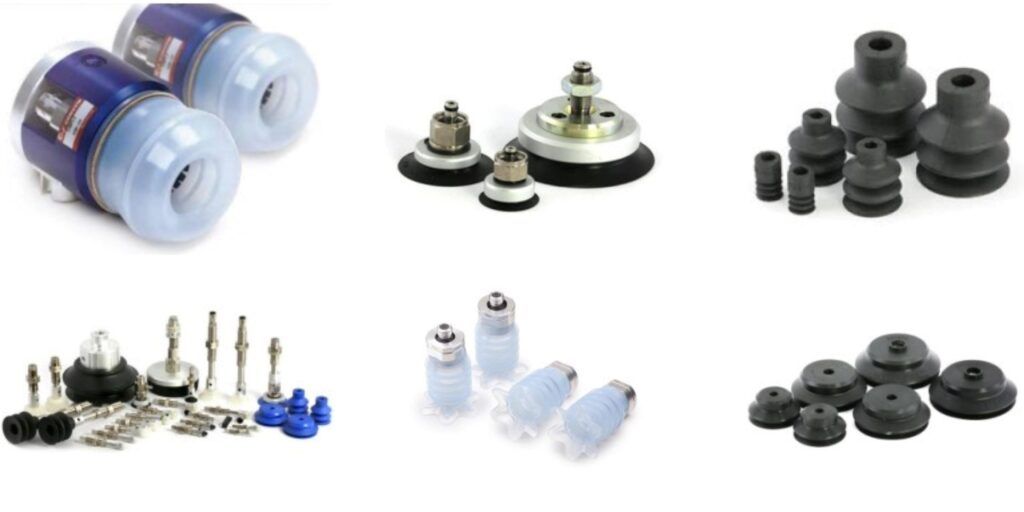Regarding manufacturing, the reliability and efficiency reached a higher level at the same time the task available involving assembly and the beginning of the automatic work holding process. Therefore, most manufacturers rely on highly technical monitored and computer-controlled systems that utilize robotics to perform the tasks completed by human hands.
Many robot-reliant and computer-controlled systems will be an inanimate erector set if it appears at the robotic end arms with humble Convum Vacuum cups. Vacuum cups play a crucial role as a component contacting with a part that is grasped and passed along accordingly.
Unique Operational Characteristics and Parameters of Vacuum Cups:
Vacuum Cups Are Not Suction Cups The Suction cups operate through downward pressure on an object, creating a seal when the air is expelled under the cup. A seal creates a vacuum allowing the suction cup to stick with a thing. The pneumatic vacuum generator is used for vacuum cups with venturi creating the compressed air-producing vacuum. The vacuum generator pulls air out of the cup, lowering the air pressure inside the cup below its surrounding atmosphere. When the object reaches the new position, the venturi air supply is cut off, and at the same time, the generation of vacuum ceases, which may allow the object to release.
- Cups Depends On Material Characteristics
Two types of material categories are porous and non-porous. The porous materials include wood, cardboard, and Styrofoam, generally required with high vacuum flow. However, it does not necessarily need a high level of vacuum generation to be lifted over vacuum flow. Non-porous materials such as aluminum, hard plastic, and steel can be raised by lower vacuum flow.
The cup surface falls into two categories that are dry and oily. One lifted object is dry, but some materials feature refined oil on the cover. For example, a Sheet metal treated along with rust materials may feature refined oil on the surface.
For an outline, cup selection depends on flat material, or it may have curves or rounded edges. In a few cases, a vacuum cup will not be able to work where an object contains too many undulations or curves.
- Cup Hardness Signifies Its Possible Applications
Most Convum cups suppliers test the hardness of materials primarily based on polymers, rubbers, and elastomers. Most vacuum cup suppliers test material hardness using the shore A hardness scale which measures the hardness of the flexible modeled rubbers. The rubbers can be soft to hard, and their flexibility depends on their hardness. The design is also monitored with a pattern of trade to determine the grip holding power of Convum Vacuum Pads of the vacuum cup on part or sheet surface.
“DAS Services, Inc.” offers various robotic components and small factory automation to the most successful and most prominent corporations. They believe in exceptional services and support to even the minor corporation for automation challenges with supplies like Convum in the USA.


